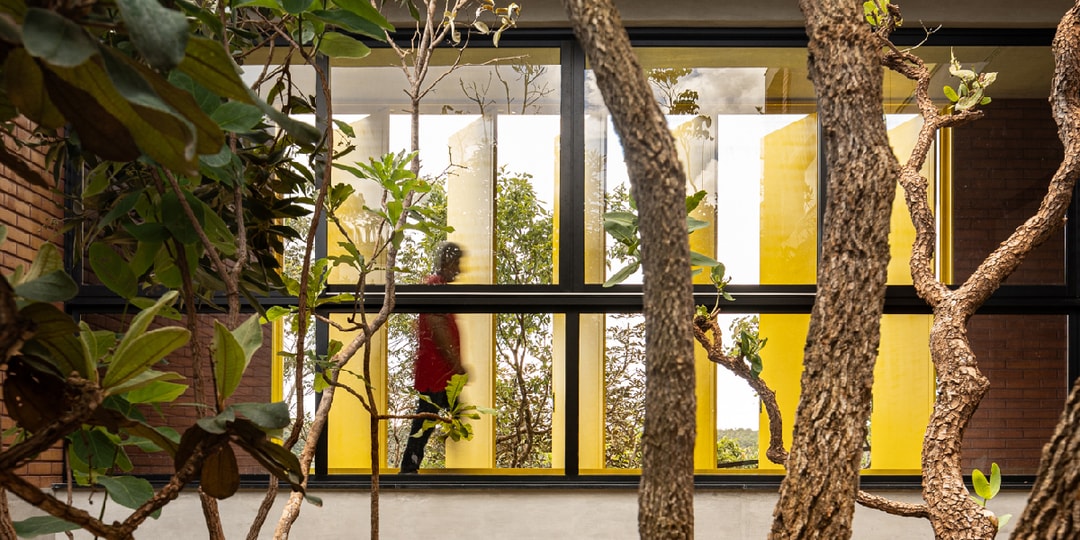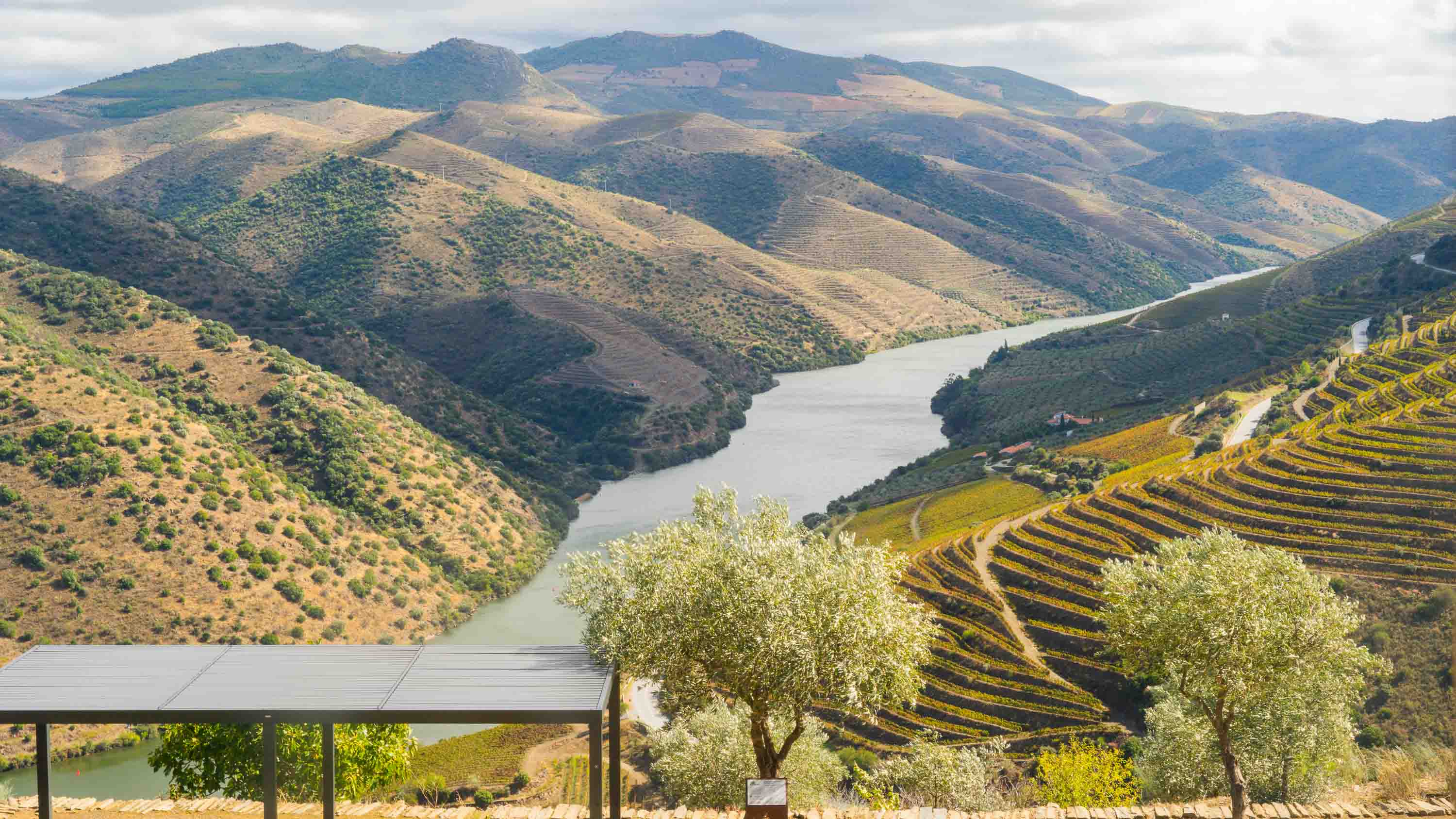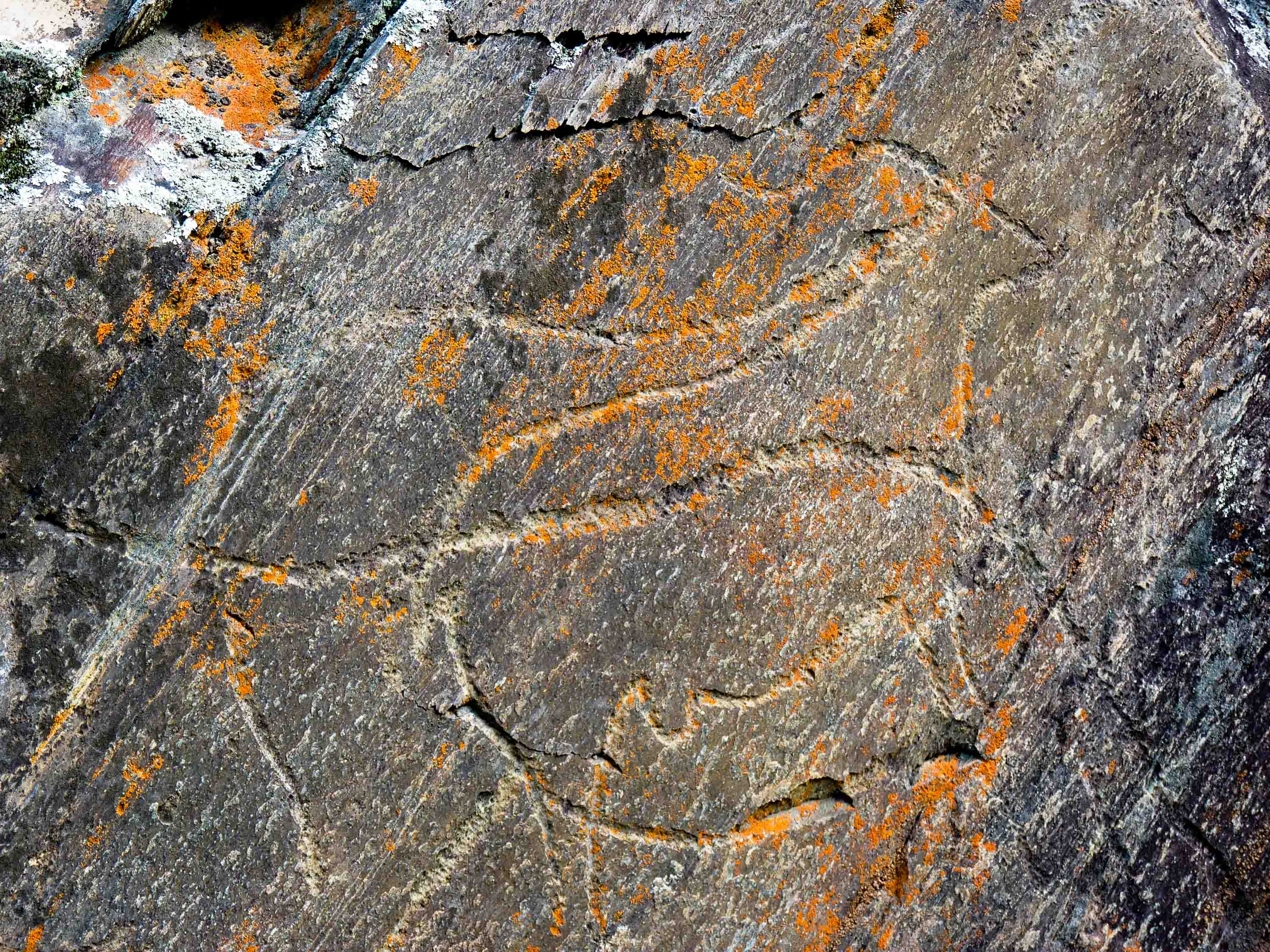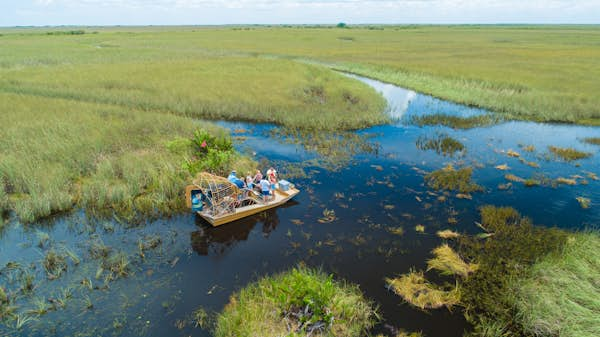The 15 most beautiful places to visit in Europe
Europe's beauty shows up in extremes: volcanoes and arctic peaks, oceans and alpine mountain ranges, stunning beaches and massive glaciers.

Pocket-sized and insanely diverse, Europe’s beauty constantly comes as a surprise. Where else on earth, after all, can you go from puffing volcanoes to wave-whipped ocean, Alpine peaks to Arctic islands, white-sand beaches to shimmering blue glaciers, vine-strewn, château-studded valleys to gold-stone cities by the Med in the space of a few hours?
Whether you’re planning a road trip, an epic train journey, a city break or a hike into a national park, you’ll be floored by Europe’s looks and personality. Here are 15 of the continent's most beautiful places. 
1. Swiss National Park, Switzerland
Best for Alpine hikes
Nature runs riot in Switzerland’s one-and-only national park, nudging the Italian border in Graubünden in the country’s southeast. Here no trees have been felled, no meadows cut and no animals hunted since 1914. Easily accessed from the quaint Engadine villages of Scuol, Zernez and S-chanf, the park is a tantalizing glimpse of the Alps before the dawn of tourism.
Beautiful? You bet. Lace up boots to hit the trails weaving through the park’s 172-sq-km (66-sq-mile) expanse of high moors, pastures, glaciers, larch and pine woods. Top billing goes to the Lakes of Macun, a 21km (13-mile) day hike from Zernez that climbs up to an Alpine plateau glittering with 23 jewel-colored lakes. Or hook onto a guided walk with one of the park rangers (bookable at the visitor center in Zernez). With a pro, you up your chances of spotting ibex, chamois, golden eagles and bearded vultures.
Planning tip: For an off-grid sleep, bed down at the remote Chamanna Cluozza. At 1882m (6174ft) above sea level, this log cabin drops you in wild, wooded terrain. Reach it on a moderately challenging 3½-hour uphill hike from Zernez and bring your own sleeping bag. 
2. Stromboli, Italy
Best for volcanic drama
Effectively just a colossal volcano, Stromboli thrusts up above the sapphire-blue Tyrrhenian Sea off Sicily’s north coast. Its perfectly conical outline is entrancing. The island is the most alluring of all the seven UNESCO-protected Aeolian Islands. Come for the natural drama, nightly fireworks displays and to wholeheartedly embrace the outdoors.
Day-trippers abound, but you would be wise to stay longer to let Stromboli truly work its magic – slipping into the relaxed mood and old-fashioned romance of an island that triggered an affair between Ingrid Bergman and Roberto Rossellini when they filmed Stromboli here in 1950. Recline on black-sand volcanic beaches like Ficogrande, dive into crystal waters and climb up to the volcano’s smoking crater with a reputable guide like Magmatrek.
Planning tip: Getting here is a breeze. Hop on the summer-only SNAV hydrofoil from Naples (4½ hours) or island-hop over from one of the other Aeolian Islands with Liberty Lines.
3. Ring of Kerry, Ireland
Best for coastal views
Emerald green, mist-shrouded and ripe for Tolkien’s Middle Earth, Ireland’s salty breezes and soul-stirring beauty seep under your skin, especially on the wild, Atlantic wave-smashed coast of County Kerry in the country’s southwest. The ultimate drive is the 179km (111-mile) Ring of Kerry, which loops around the Iveragh Peninsula, ticking off towering sea cliffs, sheep-bobbled patchwork fields, ragged mountain peaks, stone ring forts and holy wells, dune-flanked beaches and pastel-painted villages.
It’s all lovely, but the drama ramps up on the Skellig Ring, where you’ll be drawn to the twin-pinnacled craggy islet of Skellig Michael (now a UNESCO World Heritage site), where early Christian monks first settled in the 6th century and the romantic medieval ruins of Ballinskelligs Priory.
Planning tip: May and September are great months for dodging the crowds and still catching decent weather. For a special stay, head to Kells Bay, an attractively converted Victorian hunting lodge spread across waterfall-splashed botanical gardens.
4. The Azores, Portugal
Best for remote island escapes
Bubbling up from the storm-tossed mid-Atlantic, the nine volcanic islands forming the Azores are like stepping stones to another world. Long overlooked, the archipelago on Europe’s western fringes is finally attracting attention among nature lovers. With lava peaks, brilliantly blue caldera lakes, misty laurel forests, tea plantations, subtropical gardens and hissing fumaroles, these islands have a primordial beauty that is utterly their own.
You’re bound to find your own adventures, but high on your list should be floating in the dazzlingly turquoise thermal waters of Caldeira Velha on São Miguel island, hiking through botanical gardens brimming with azaleas, camellias and hydrangeas on Flores, gasping out loud as sperm whales and humpbacks emerge from the deep blue on Faial, or climb up to Mt Pico’s cloud-shredding, 2351m (7713ft) cone for sensational views across the archipelago.
Planning tip: The main airport is in Ponta Delgada on the island of São Miguel. You can easily hop between islands by ferry. For timetables and tickets, visit Atlânticoline.
5. Hohe Tauern National Park, Austria
Best for mountain road trips
Mother Nature had one of her finest moments in the Hohe Tauern National Park, capped off by Austria’s highest peak, 3798m (12,461ft) Grossglockner. This 1856 sq km (717 sq mile) nature reserve is one of Europe’s biggest and the landscapes are out of this world. This is the Alps with the volume turned up. We’re talking snow-frosted mountains rising 3000m (9843ft) high, the icy swirl of the Pasterze Glacier, the longest in the Eastern Alps, and the rainbow-kissed Krimmler Wasserfälle, the country’s highest falls at 380m (1247ft).
Vast, rugged and remote, Hohe Tauern is a magnet for wildlife like marmots, chamois, ibex, golden eagles and bearded vultures. For the best chances of spotting them, sign up for one of the park’s excellent themed ranger tours.
Planning tip: With an average gradient of 9%, 36 hairpin bends and unreal views over summits, glaciers and lakes, the 48km (30-mile) Grossglockner High Alpine Road, from Bruck in Salzburgerland to Heiligenblut in Carinthia, is right up there with Europe’s greatest road trips. It’s open from late April to early November (check weather and road conditions before setting off).
6. Black Forest, Germany
Best for fairytale appeal
Draping a fir coat across Germany’s hilly southwest, the Black Forest delivers the kind of landscapes that pop up in kids’ bedtime stories. Thick forests of pine, fir, birch and beech sweep down to glacier-carved valleys, lush meadows, heather-flecked moors, glinting lakes and rambling, hip-roofed farmhouses. Wander into these deep, dark woods and you half expect to bump into a witch or a woodcutter. Follow trails further on foot or by bike and you’ll often be alone with the rush of a river, the strum of a woodpecker or the odd fleeting deer.
This is one big forest, so plan your itinerary carefully. You’ll of course want to bathe like a beauty-conscious Roman in the thermal waters of elegant Baden-Baden. From here strike out on the B500 Schwarzwaldhochstrasse (Black Forest Highway) to Freudenstadt, which dips into the 1000-sq-km (62-sq-mile) Black Forest National Park. Stop off at the glacial cirque lake of Mummelsee and climb Hornisgrinde for views across the forested heights.
Planning tip: The national park center in Ruhestein is the go-to for maps and info on trails and wildlife. 
7. Lofoten Islands, Norway
Best for Arctic drama
With mountains whooshing above the sea like a scaly dragon’s backbone, the Lofoten Islands in Norway enthrall with their off-the-charts beauty. Whether you visit in the golden days of the Midnight Sun or in the depths of winter when the northern lights flash away in dark night skies, these islands are a mega hit of the Arctic.
The appeal of the outdoors is obvious, particularly on the island of Moskenesøya, at the archipelago’s southern tip, which was awarded national park status in 2019. Its gnarly granite mountains, fantasy beaches with frost-white sand and cerulean-blue sea, and brightly painted fishing villages are the kind that hoover up Instagram likes – so it’s just as well it’s remote enough to keep crowds at bay. If you fancy a challenge, trek up 1029m (3375ft) Hermannsdalstinden to hike above pointy peaks and inky waters.
Planning tip: The food scene is booming on these islands, with chefs shining a light on fabulous Arctic produce. Book ahead to experience the Kitchen On The Edge Of The World, combining traditional crafts and culinary highs from Michelin-starred guest chefs. 
8. Plitvice Lakes National Park, Croatia
Best for crashing waterfalls and lakes
A step back from the Adriatic coast, the UNESCO World Heritage Plitvice Lakes National Park in Croatia bombards with natural beauty. Against the forested backdrop of the Dinaric Alps, waterfalls, cascades and mineral-rich springs flow swiftly over natural dams into 16 gem-colored lakes in every fathomable shade of turquoise, emerald, cobalt and azure. It’s as if God pulled the plug out.
Wooden footbridges and paths skirt and skip across the babbling waters. Come in spring for thunderous falls, summer for clouds of butterflies, autumn for leaf-peeping and winter for frozen lakes and icicle formations. Bring binoculars as the park heaves with wildlife. Bears, wolves and lynx hide in the quietest reaches of the park’s old-growth fir and beech forests.
Planning tip: Each of the 16 lakes has a different hue. See them all on 22km (14-mile) Route K, a challenging, spectacular full-day hike through the park. The route starts at Entrance 1. Allow six to eight hours. 
9. Loire Valley, France
Best for riverside château-hopping
France seduces from top to toe, but no region nails its romantic spirit like the World Heritage Loire Valley, with fine wines, soul-stirring views and châteaux galore. Rising in the Massif Central and flowing all the way to the Atlantic, the wild Loire is France’s longest river and its lifeblood. There is beauty on every graceful bend. Medieval forts, turreted citadels, Renaissance palaces: here kings, queens and dukes built castles high and mighty. Chuck on hiking boots or hop into a bicycle saddle to explore them in slow motion. La Loire à Vélo cycle route snakes 900km (560 miles) along the river, rolling from château to cellar, village to vineyard.
Take a romp around one of the valley’s 300 castles for a deep dive into the region’s history. Arguably the fairest of them all is sumptuous Château de Chambord, a Renaissance masterpiece of epic proportions. Other big-hitters include Château Royal de Blois, Château Gaillard, formidable Château d’Angers, ringed by moats and towers, and fairytale-like Château de Chaumont-sur-Loire. One of the world’s largest surviving medieval monastic complexes, the UNESCO-stamped Abbaye Royale de Fontevraud is equally unmissable. Henry II, Eleanor of Aquitaine and Richard the Lionheart were buried here in the 12th century.
Planning tip: The cities of Orléans, Blois, Tours and Angers are enticing gateways for the Loire. Spring and autumn are ideal for exploring, with fewer crowds, mild weather and seasonal flowers and foliage. 
10. Parque Nacional del Teide, Tenerife
Best for volcanic highs and dark skies
Tenerife, biggest of the Canary Islands, is often billed as a fly-and-flop destination, but stray beyond the resorts and the island smolders with volcanic beauty. The big draw is the cloud-shredding volcano at the island’s heart: 3718m (12,198ft) Pico del Teide. Spain’s highest peak, it punches above the crater-blasted, rust-red, lava-sculpted moonscape of UNESCO-listed Parque Nacional del Teide.
Head up the easy way by cable car, or slip away from the crowds by hoofing to the top via Montaña Blanca. It’s a tough 9km (5.6-mile) hike taking around six hours, but you’ll be richly rewarded with views rippling over the Atlantic to the islands of La Gomera, La Palma and El Hierro. Other walks take you deeper into the park, such as otherworldly volcanic trails along TF-21 (the one road at the base of the peak), including those around the twisted lava pinnacles of Roques de García.
Planning tip: On clear nights, all eyes are on the heavens in the national park, which has some of Europe’s finest stargazing. Spot meteor showers, the Milky Way and 83 of the 88 officially recognized constellations year-round. For more, sign up for a guided tour and peek through the giant telescopes at the Observatorio del Teide.
11. Ionian Islands, Greece
Best for island hopping
With a dreamy light and beauty that touches you as gently as a caress, the Greek Islands are special. Part of their magic lies in the fact that when you tire of one gorgeous island, the next is just a ferry hop away. These 6000 islands - some as big as small countries, others mere specks of rock - can inspire a lifetime of wanderlust. There’s nowhere like it for picking up a map and plotting your next adventure.
The Ionian Islands, with their cypress-stippled slopes, castaway bays, stained glass-blue waters and pastel-hued Venetian towns are as lovely as any. Swirling in Homeric lore, these islands whisk you from kafenio (a traditional Greek café) terraces to rocky mountaintops where the only sound is goat bells. Boats glide across from the fortress-topped old town of Corfu to low-key Paxi, with its white-pebble coves and cicada-filled olive groves. Edging south brings you to pretty Lefkada, myth-steeped Ithaka with its lonely mule trails, wild, mountainous Kefallonia and rugged, cliff-rimmed Zakynthos.
Planning tip: There are regular ferry connections between the islands with companies like Kerkyra Lines. Book well ahead for peak travel times.
12. Stockholm, Sweden
Best for waterfront city life
A fretwork of forest, water and islands shimmering green and blue, Stockholm, capital of Sweden, is a knockout, stepping effortlessly between the urban and the outdoors. Shaped by the sea and buffeted by the piercing blue Baltic, Stockholm is forged from Viking heritage and has style encoded in its DNA. This is the supermodel of European cities.
Any first-time visit should kick off with a walk through medieval Gamla Stan’s cobbled lanes, past step-gabled houses, Renaissance churches, baroque palaces and candlelit cafés. Here, the scene-stealer is the staggeringly opulent, 600-room Royal Palace. In winter, Stockholm embraces hygge and steps into fairytale shoes, with snow, skiing, ice skating and festive markets selling glögg (mulled wine) and gingerbread. Summer is gorgeous, too, with the city providing a springboard for exploring the 30,000 islands, islets and skerries in the Stockholm Archipelago. See them by ferry or from water’s level in a kayak, keeping an eye open for sea eagles and seals.
Planning tip: In summer, Waxholmsbolaget runs a frequent boat and ferry service to islands in the archipelago. They depart from Strömkajen in front of the Grand Hôtel in the city center. 
13. Cairngorms National Park, Scotland
Best for munro-bagging and reindeer encounters
All of Scotland is bonny, but the Cairngorms National Park is where the Highlands take a turn for the wilder. Scots pine forests, lochs, rocky peaks and glens spread across 4528 sq km (1748 sq miles), so there’s space to roam free - whether hiking in summer, pounding snowy slopes in winter, or meeting the UK’s only herd of free-ranging reindeer on a Hill Trip.
If you’re up for an exhilarating walk, tackle a pair of classic munros (mountains higher than 3000ft) – 1245m (4085ft) Cairn Gorm and 1309m (4295ft), cairn-topped Ben Macdui for sky-high views of the park. Or look out for red squirrels and capercaillie in the trail-woven Caledonian pine forest of the Rothiemurchus Estate. For a taste of royal life, check out the lavish ballroom at Balmoral Castle, built for Queen Victoria in 1855.
Planning tip: Bring binoculars for stargazing in the Cairngorms Dark Sky Park around Tomintoul and Glenlivet in the park’s northern reaches, with views of meteor showers, shooting stars, the Milky Way and, with any luck, the northern lights.
14. Lake Bohinj, Slovenia
Best for lakeside beauty
Everyone raves about Lake Bled in Slovenia’s Julian Alps and rightly so. You think no lake could possibly upstage it, but then you reach nearby Lake Bohinj, a lake so outrageously beautiful you gasp out loud. It makes a spectacular splash in the mountain-buckled Triglav National Park in the country’s northwest, where peaks rise sheer, rugged and forested above blue-green waters.
Hugging the western shores of the lake, Ukanc makes a terrific base for exploring. Swim off pebble beaches into glassy waters, camp, canoe, kayak or head off into the mountains on hiking trails. Hitch a cable car ride up to Vogel at 1535m (5036ft) for jaw-dropping views over lake and mountain. Nearby, Savica Waterfall shoots 78m (255ft) through a gorge into a turquoise pool. Wear grippy shoes for the walk up 500 steps over rapids and streams to the falls as it can get slippery.
Planning tip: Tag on extra days to dive properly into Triglav National Park, an outdoor wonderland of rugged peaks, ravines, canyons, caves, Alpine meadows, forests and canyons. 
15. Valletta, Malta
Best for daydreamers
A vision in gold stone rising above its magnificent Grand Harbour, Valletta, capital of Malta, is a city for dreamers. Built on a peninsula for the Knights of St John in the mid-16th century, this fortified city is cinematically beautiful, with its domes, churches, Renaissance palazzi, piazzas and narrow streets rollercoastering San Francisco-style down to the brilliant blue Med. As you take a serendipitous wander through town, keep an eye out for gallariji, the ornate, brightly painted wooden balconies that adorn the facades of baroque houses. The light is soft, the mood is mellow and history greets you on every photogenic corner. And if it looks like a film set, it is - Valletta has featured in Game of Thrones and Ridley Scott’s Gladiator movies.
You could spend just a day here, but don’t. There’s a lot of sightseeing crammed into the old town, including the stately Grandmaster’s Palace, former HQ of the Knights of St John, and flamboyantly baroque St John's Co-Cathedral, a feast of gold leaf, marble, frescoes and Caravaggio paintings. Winging you into the present are Renzo Piano’s architecturally striking City Gate project and fretwork Parliament Building.
Planning tip: Spring is a great season to visit Valletta, with pleasantly warm days, few crowds and flowers in bloom. Room rates are low and temperatures hover around 20°C (68°F).












































































































































/f871ef26-7798-46a2-9db3-fe949a2f050b--2016-0719_okra-couscous-salad_james-ransom-417.jpg?#)




































.jpg)


.jpg)













































































